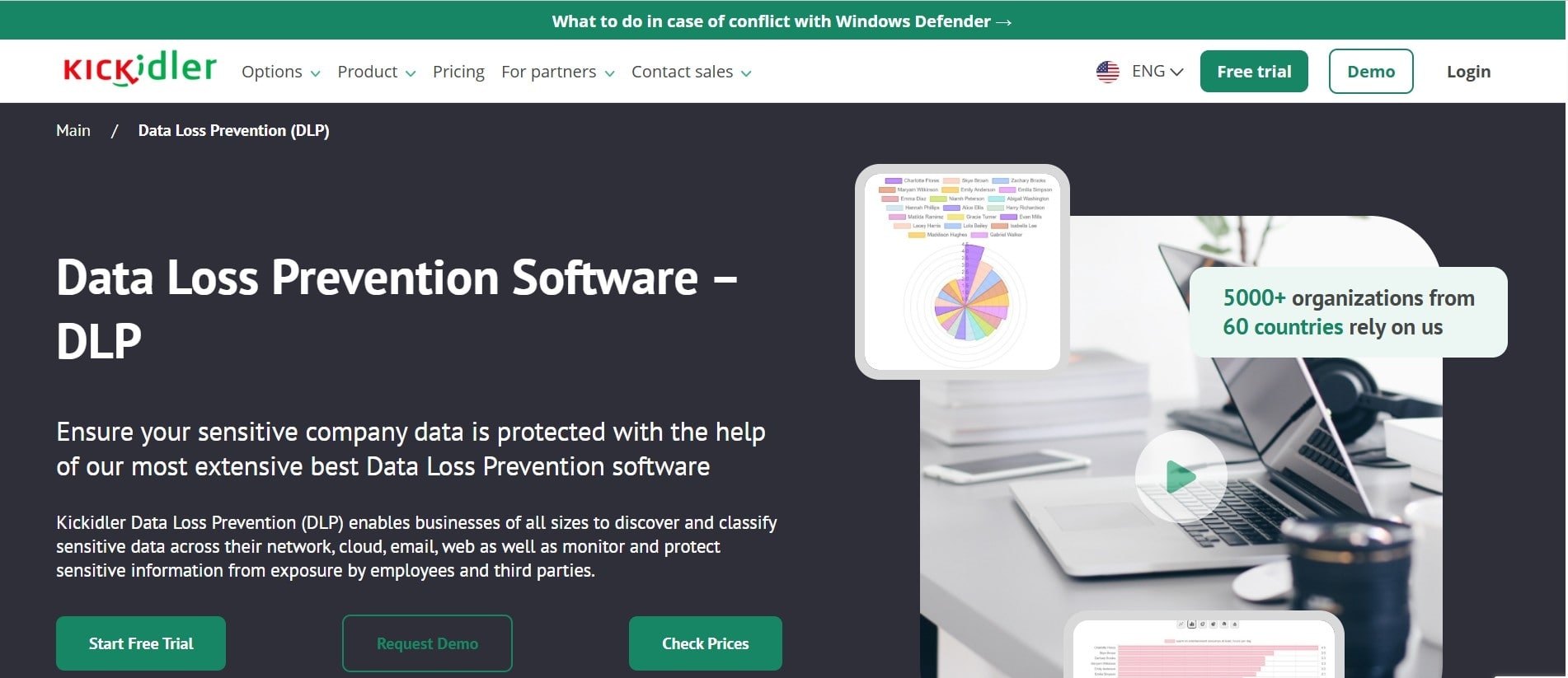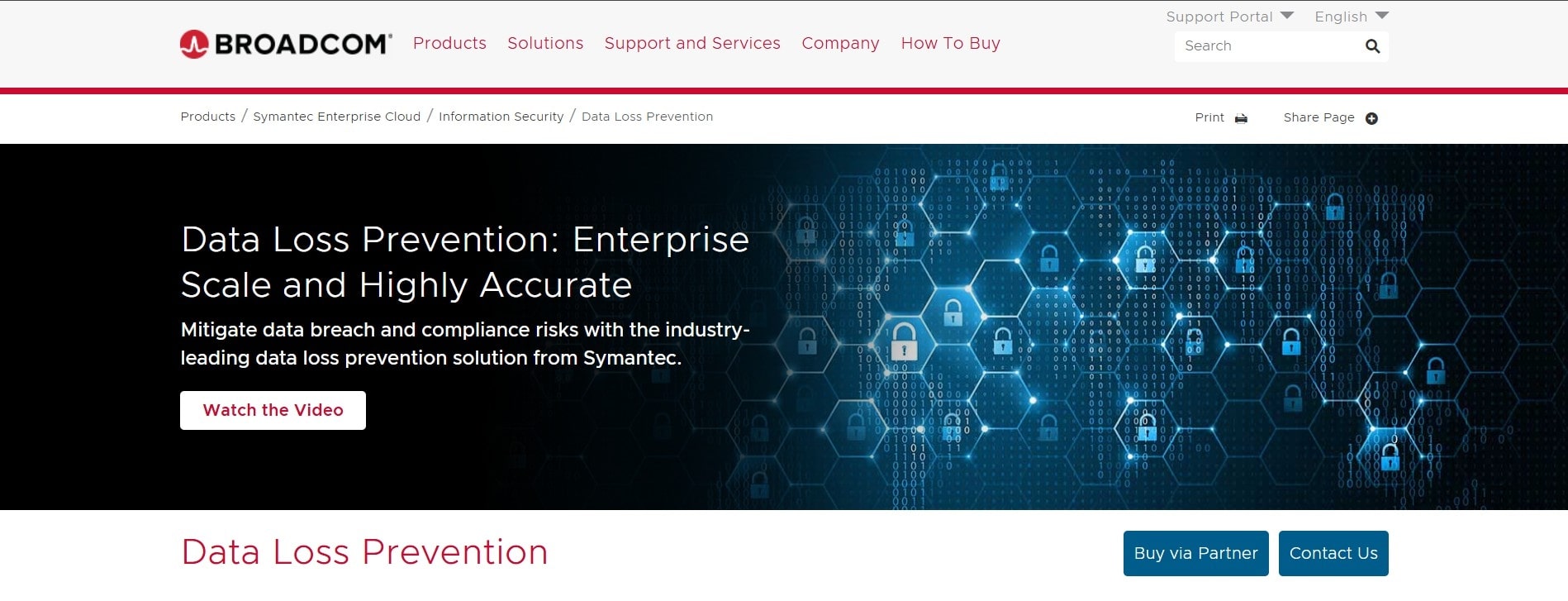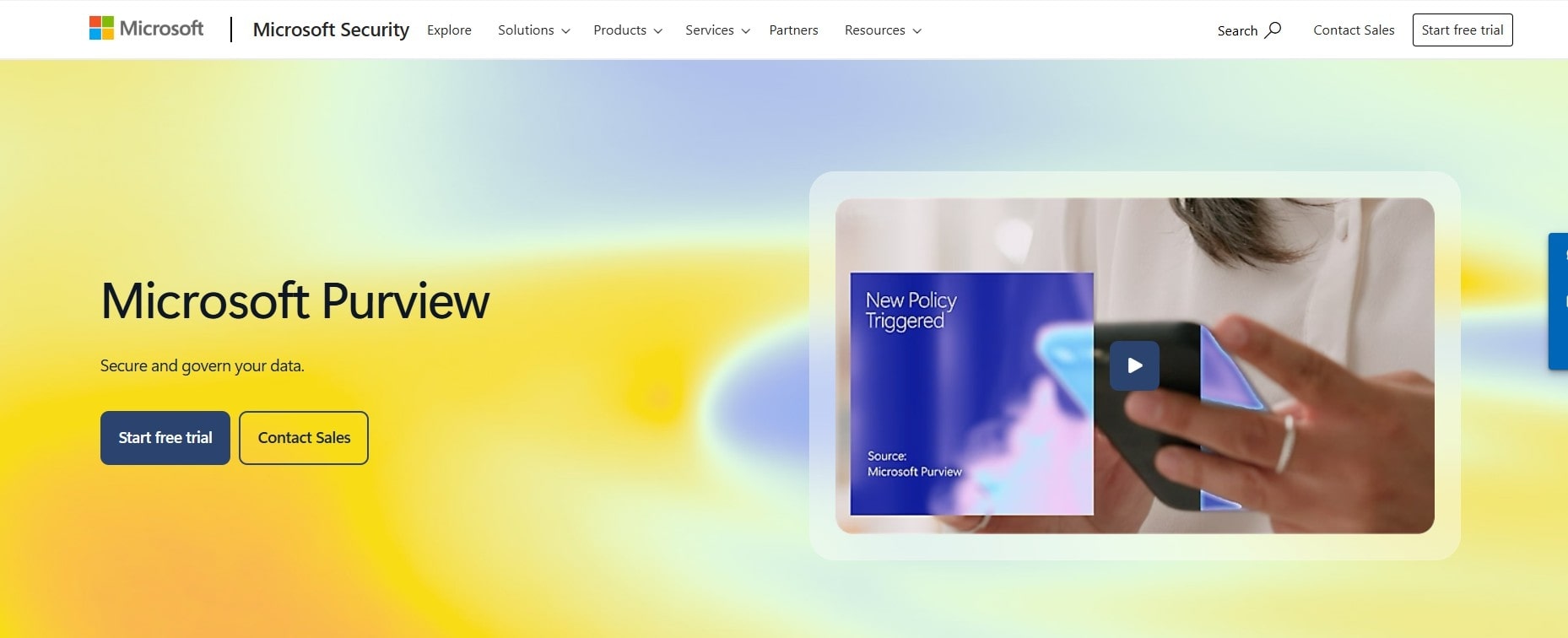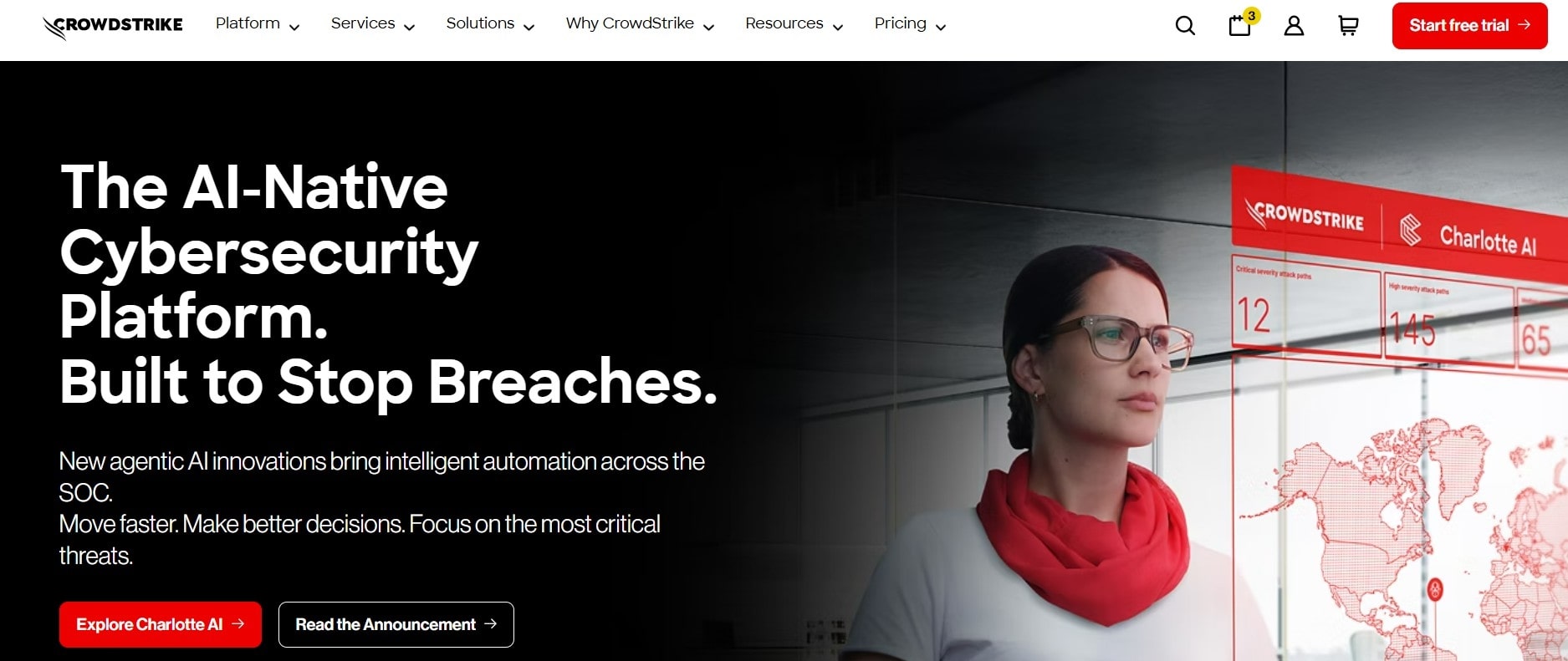Why We Created This Ranking
With our years of experience helping businesses secure their sensitive information, we’ve seen firsthand how choosing the right data security platform can significantly reduce security risks and enhance operational efficiency. This ranking comes as a result of extensive testing, client feedback, and our own research into the evolving landscape of cybersecurity threats. With it, we wanted to offer you an honest, practical guide based on actual software experience and deep insights into what genuinely matters in the field of data protection.
How We Evaluated Data Security Platforms
We’ve carefully evaluated the leading data security platforms, considering factors that could be critical to your organization's safety and success:
- Key Features: How effectively each platform prevents data loss, monitors threats, encrypts data, and responds to incidents.
- Scalability: How easily the solution adapts to your company’s growth and changing needs.
- Customer Support: Quality, responsiveness, and effectiveness of technical support teams.
- Pricing: Transparency, affordability, and value for investment.
Our goal is to give you clear, actionable insights that will help you make confident data-driven decisions.
Top Data Security Platforms for 2025
Since each solution serves its unique purpose, we’ve highlighted their strengths and provided ideal use cases:
1. Kickidler DLP

Kickidler impressed us most with its balance of affordability, usability, and real-time monitoring capabilities, particularly suitable for businesses seeking straightforward, effective data protection without breaking the bank.
Best suited for: SMBs and mid-sized enterprises that require robust, user-friendly monitoring without exhaustive IT resources.
Why you might like Kickidler:
- Excellent real-time alerts for instant threat detection.
- Universal compatibility across major operating systems.
- User-friendly interface minimizes training needs.
2. Symantec DLP

Symantec is the heavyweight choice, ideal for enterprises that require extensive control over complex security policies.
Best suited for: Large enterprises with comprehensive security requirements and full on IT teams.
Why you might like Symantec:
- Broad endpoint and network coverage.
- Advanced policy customization.
- Extensive regulatory compliance support.
3. Forcepoint DLP

Forcepoint offers powerful behavioral analytics, making it an excellent choice for proactive threat management.
Best suited for: Organizations with significant cloud usage and complex threat scenarios.
Why you might like Forcepoint:
- Behavioral analytics for threat prediction.
- Strong cloud security integration.
- Efficient incident handling.
4. Microsoft Purview

Microsoft Purview shines within Microsoft-centric infrastructures, especially in large enterprises heavily invested in Azure and Microsoft 365.
Best suited for: Enterprises deeply embedded in the Microsoft ecosystem.
Why you might like Microsoft Purview:
- Seamless integration with Microsoft products.
- Unified data governance.
- Scalability tailored for large-scale environments.
5. CrowdStrike

CrowdStrike excels at endpoint protection and proactive threat detection, which makes it perfect for organizations that need high-level endpoint security.
Best suited for: Companies prioritizing endpoint security above all else.
Why you might like CrowdStrike:
- Top-tier endpoint security capabilities.
- Real-time threat intelligence.
- Exceptional incident response services.
Comparative Overview of Data Security Platforms
| Feature | Real-Time Alerts | Cross-Platform | Pricing Flexibility | User Interface | Compliance Support |
| Kickidler DLP | |||||
| Symantec | |||||
| Forcepoint | |||||
| Microsoft Purview | |||||
| CrowdStrike |
Quick Pros and Cons
- Kickidler: Easy to use and budget-friendly, ideal for practical security needs. Lesser known than its more established competitors.
- Symantec: Robust and extensive, but more expensive and complex.
- Forcepoint: Great threat analytics, suited for cloud-heavy environments but somewhat complex.
- Microsoft Purview: Strong integration capabilities but limited functionality outside Microsoft products.
- CrowdStrike: Exceptional for endpoint security, yet costly and less encompassing for broader DLP purposes.
Critical Factors Beyond Features
Selecting a data security platform involves deeper consideration of the following factors:
- Integration: Seamless fitting of the platform into your existing IT environment.
- Ease of Use: Reducing training needs and improving adoption.
- Real-Time Detection: Minimizing response time to security threats.
- Value: Balancing functionality and affordability.
Explore our curated list of top data loss prevention tools for more insights.
Final Recommendations
Choosing the best data security platform ultimately hinges on aligning your specific needs with available solutions. Clearly define your operational, security, and budgetary requirements to identify your ideal platform.
Consider reading our detailed guide on the best DLP software to gather additional perspective on the topic.
Ready to strengthen your data security?
Enhance your understanding of what is DLP and proactively secure your organization’s sensitive data.
Start your free Kickidler trial today and experience enhanced data protection firsthand!

 ENG
ENG 
